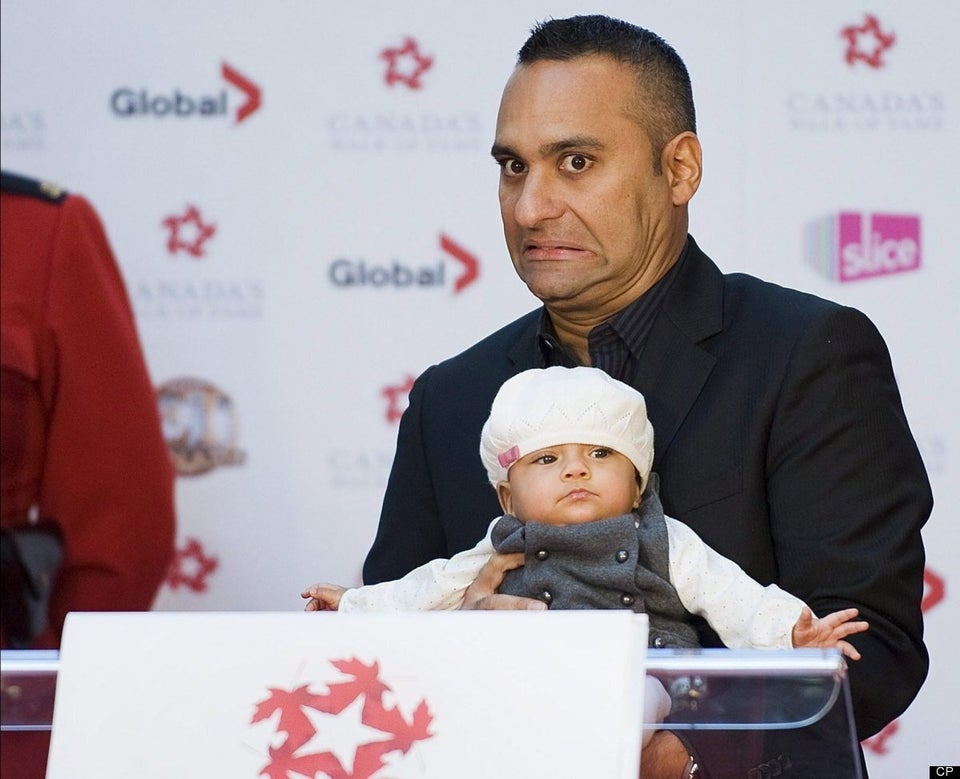As World Vision's Paul Stephenson tells us, children thrive with opportunities to pursue their passions, and voice their concerns.
Celebrating Father's Day reminds one that parenting a child is one of the greatest joys in life, as well as life's most daunting responsibility.
As father of two children, I not only want to ensure they are safe, have a secure home, enjoy nutritious food and receive excellent health care and education, I also want to guarantee their well-being. Some may believe that a child's well-being is an amorphous concept that cannot be defined, let alone studied and analysed.
They are wrong.
UNICEF recently published a score card on child well-being in nearly 30 of the world's most developed nations. It is sobering reading: Canada ranked 17th; the United States 26th. Both placed behind Slovenia (12th) and Czech Republic (14th).
The study focuses on five dimensions of children's lives:
- material well-being
- health and safety
- education
- behavior and risks
- housing and environment.
These categories rely on available data and convey a limited vision of child well-being. I prefer to characterize child well-being as including both the internal strengths that children have and develop, as well as the external resources and opportunities that nurture and protect them. Children's well-being depends on being well-fed, housed, educated and loved, together with the opportunity to pursue their passions and develop a sense of hope, purpose and positive identity.
Ideally, reports on children's well-being should stimulate debate on what can be done to improve children's lives from the standpoints of the family, the community, government policy and the need for higher standards of education programs and social services. But such debate rarely occurs, even when a report like UNICEF's raises serious issues. Imagine if one put as much effort into helping children to thrive as keeping up with Facebook accounts, professional or amateur sports, or the newest fad in reality television shows.
The media often portray young people as "troubled youth" or "children in danger." These descriptions can prejudice views and attitudes toward children. Adolescents in particular can become pathologised as "broken" and in need of "fixing," rather than seen as assets to a community.
Perhaps it is assumed that caring for children is a private matter. But the fact is that many children around the world fail to see their fifth birthdays, let alone grow into adulthood and thrive. As the UNICEF report indicates, this isn't a problem only in low and middle-income countries.
Comparatively, children in the developed world enjoy better health and education services, job prospects and material goods. Interestingly though, the report notes that well-being doesn't depend on per capita GDP. Children in the developing world, living in what one would call "poverty," often report higher levels of self-perceived well-being than children in developed countries.
So what is it that enables children to thrive? And what have studies told us about creating an environment in which children can flourish and where children's well-being can be sustained?
Research, practice and common sense suggest several key factors in improving child well-being. These are not exhaustive, but have a proven evidence base that parents and others caring for children can practice:
Children tell us something we know deep down -- that their well-being depends not on material comfort, but on a loving, supportive, safe family and community, with opportunities for them to pursue their passions and voice their concerns.
In developing nations, organisations such as World Vision work with local partners and government agencies to help build communities that value children and place their rights and well-being at the forefront. These efforts begin with a common vision for children and lead to collective action both in the home and community.
As they grow and mature, many young people assume active roles in shaping their lives and contributing to their societies. Many poor families obtain financial services and economic opportunities to provide for their children. Advocacy at local, national and global levels can influence legal and institutional reforms to create a just and level playing field for children and their families. And finally, World Vision monitors children's well-being together with community partners as a barometer for the health of the community.
My Father's Day admonition is as simple as it is complex: What is good for children, whether in Peru, Canada or the United States, is good for all of us.
Paul Stephenson is the Senior Director Child Development and Rights for World Vision International. Two others contributed to this article: Eugene C. Roehlkepartain, Vice President, Research and Development for Search Institute, and Philip Cook, Executive Director for the International Institute of Child Rights and Development.
